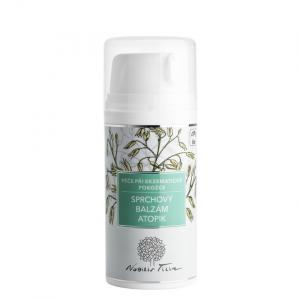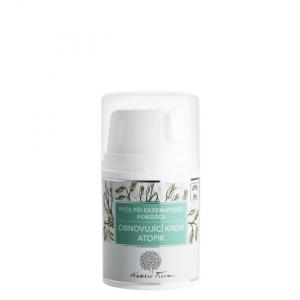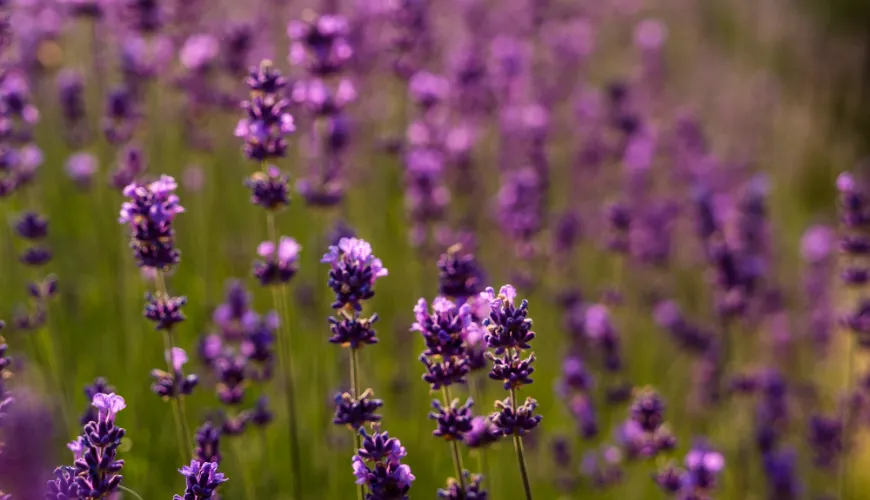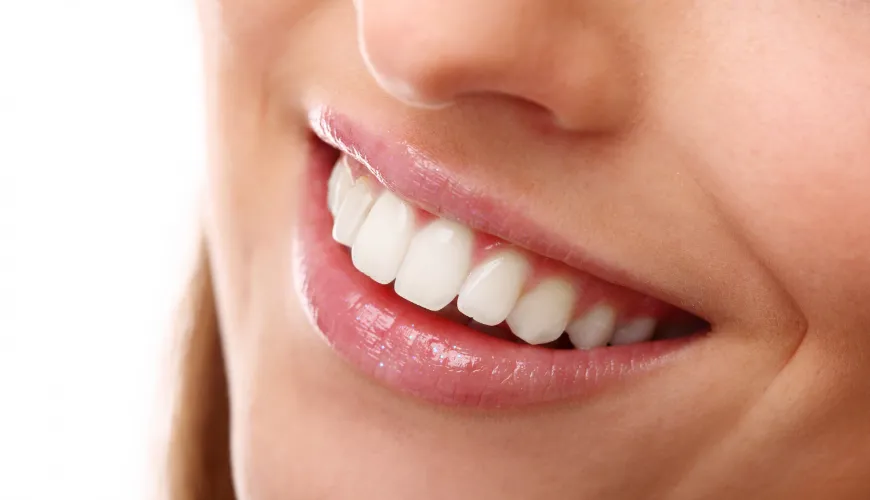
Tone your face with face yoga and enjoy natural beauty
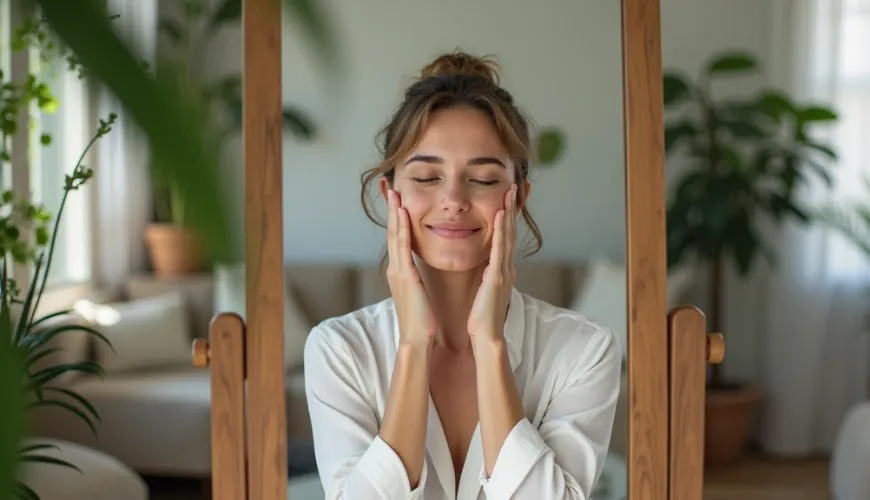
Face Yoga - A Natural Path to Healthier and Younger Skin
While regular exercise helps tone the body, there is a gentler yet equally effective way to shape and rejuvenate the face – face yoga, also known as facial yoga. This technique, which has been gaining increasing popularity in recent years, offers an alternative to cosmetic procedures and plastic surgeries. And what's more – no expensive tools are needed, just a bit of time, patience, and regularity.
Facial yoga combines elements of classic yoga, physiotherapy, and massage techniques, focusing on strengthening and relaxing the muscles of the face, neck, and décolleté. Many people don't realize that there are over 50 muscles in the face, which, when inactive, can sag and contribute to the formation of wrinkles, sagging contours, or puffiness.
Why is Facial Yoga Becoming More Popular?
In an era where there is a growing interest in natural beauty and sustainability, face yoga is becoming not just a fashion trend but also a lifestyle. Besides aesthetic benefits, it has a positive impact on mental well-being – it helps slow down, become aware of one's body and breathing, thus contributing to reducing stress. The advantage is that it can be practiced almost anywhere – at home in front of a mirror, in the office during a break, or even in the evening while watching TV.
Experts say regular facial muscle exercises improve blood circulation, stimulate the lymphatic system, and thus support detoxification and natural skin regeneration. The result can be a fresher appearance, healthier complexion, reduced puffiness, reduced fine lines, and overall skin firming.
Some skeptics argue that facial expressions and repeated movements contribute to the formation of wrinkles. The difference, however, lies in the fact that common facial expressions – like frowning, puckering lips, or furrowing the brow – often occur unconsciously and asymmetrically. Face yoga, on the other hand, consciously works with symmetry and balance, strengthens weakened parts, and relaxes those that are overloaded or tense.
Try our natural products
What Can Face Yoga Affect?
The results of facial yoga depend on regularity and consistency – similar to physical exercise. It is often recommended to practice for 10 to 20 minutes a day. After just a few weeks, you can notice subtle changes, such as a brighter gaze, more relaxed features, reduced puffiness, or firmer chin contours.
The main areas that face yoga focuses on include:
- Forehead and the area between the eyebrows – reducing expression lines and releasing tension from facial muscles
- Eye area – reducing puffiness, under-eye circles, strengthening the muscles of the upper eyelids
- Cheeks and cheekbones – firming the middle part of the face, supporting elasticity
- Mouth area and lips – reducing so-called smoker's lines, increasing lip volume
- Facial contours and chin – lifting the lower part of the face, reducing sagging skin and double chin
- Neck and décolleté – smoothing horizontal wrinkles and firming the skin
Many exercises are simple but require concentration. The practice often includes accompanying breathing techniques and conscious tension release, setting it apart from regular facial massages. The ability to connect the physical and mental components makes face yoga a holistic tool for body care.
What Does Facial Yoga Look Like in Practice?
Experienced facial yoga instructor from Brno, Petra Jelínková, describes that her clients often come with specific problems: "Some have asymmetrically drooping eyebrows, others complain about sagging contours or painful jaws. Through short daily routines, we can balance these imbalances and restore the natural harmony of the face."
One popular and simple exercise for the forehead area is "Conscious Eyebrow Lifting" – where you place your fingers above your eyebrows and with slight resistance try to lift the eyebrows. This movement strengthens the frontal muscles, prevents the formation of deep wrinkles, and simultaneously releases tension.
Another effective exercise for the double chin is the "Spoon" – where you slightly tilt your head back, open your mouth, and try to touch the roof of your mouth with your tongue as far back as possible. They may look funny, but these exercises have a strong effect on deeper muscle layers that are not addressed by regular massaging.
As with regular training, it is important to know the technique and avoid overloading or incorrect movements. Therefore, it is advisable to start under the guidance of an experienced instructor or follow verified online lessons, such as those from certified schools like Face Yoga Method or Danielle Collins Face Yoga.
A Life Story
Forty-two-year-old Ivana from Olomouc stumbled upon face yoga by chance during the pandemic, looking for a way to feel better both mentally and physically. "At first, I thought it would be just another fashion fad, but after three weeks, I noticed I looked fresher, smiled more, and my posture improved. It's as if the face connected with the mind. A daily moment with myself is a small ritual for me today," she says with a smile.
Her experience is not unique. Many people report that besides improving appearance, facial yoga also helped them mentally – thanks to daily pauses, focusing on the breath, and the ability to perceive their body differently than through a mirror or camera.
Face Yoga and Sustainable Beauty
At a time when the cosmetic industry offers countless products, invasive procedures, and photo editing apps, face yoga represents a return to simplicity. It is gentle on the body, nature, and the wallet. You don't need any special products or devices, yet it can bring visible and deeper results.
Moreover, it promotes mindful aging – an approach that does not deny time but teaches acceptance with ease and care. The face thus does not become a project to be "fixed," but a harmonious whole to be lovingly cared for.
As a well-known face yoga trainer, British instructor Danielle Collins says: "Beauty does not start on the surface, but in how we think about ourselves."
And perhaps this is the greatest strength of face yoga – teaching people to see themselves more kindly, slow down, and care for their body in a natural, conscious way.
In today's fast-paced world, where the pressure for a perfect appearance is greater than ever, just a few minutes a day in front of the mirror can be the firmest anchor.
